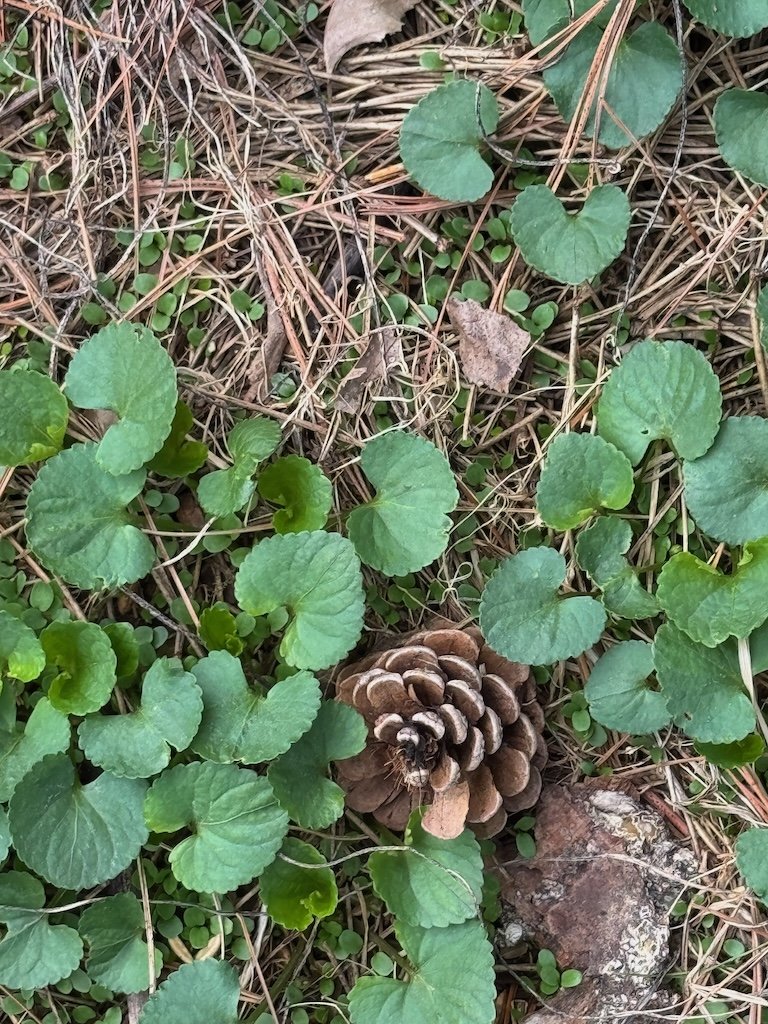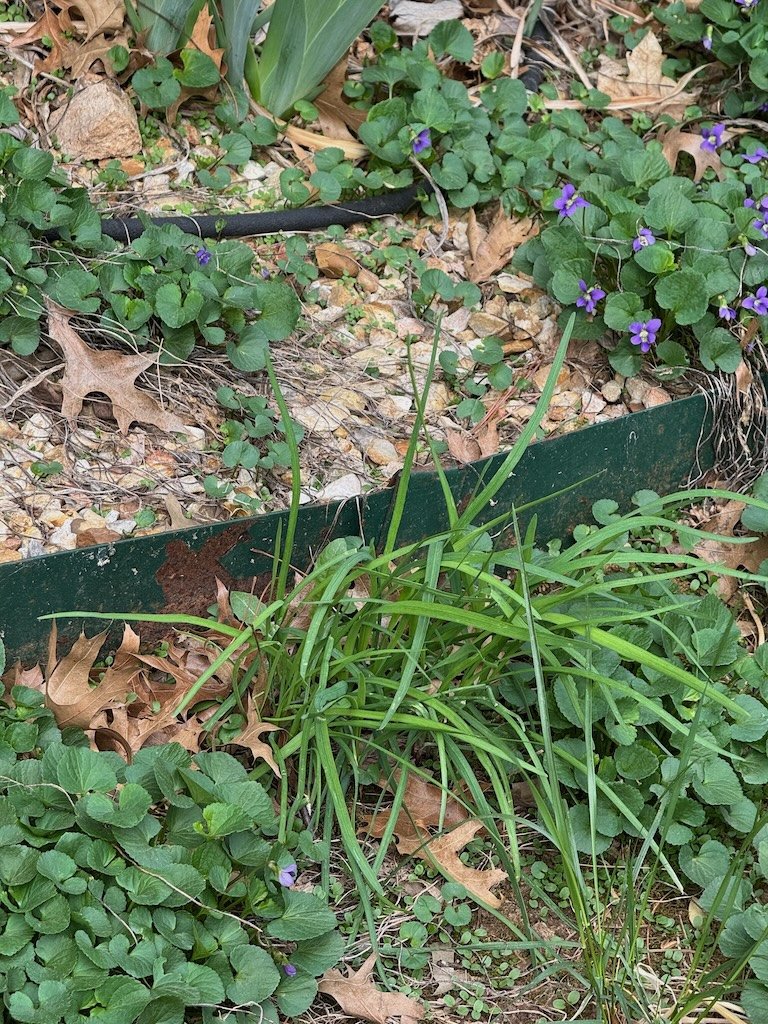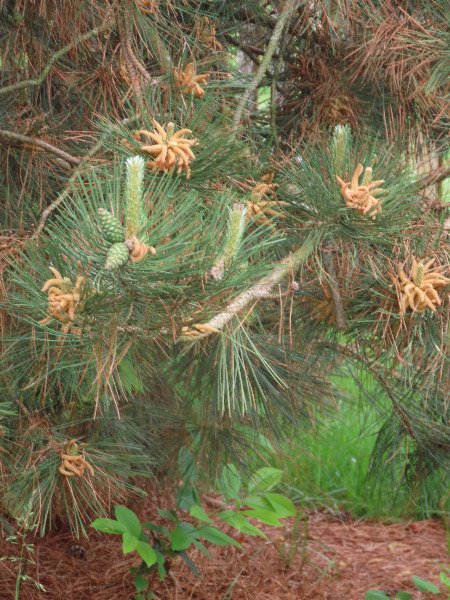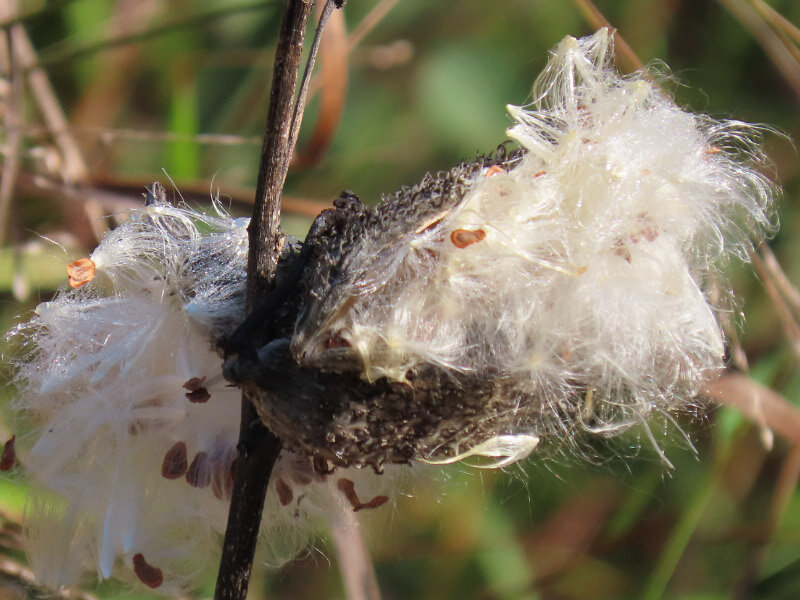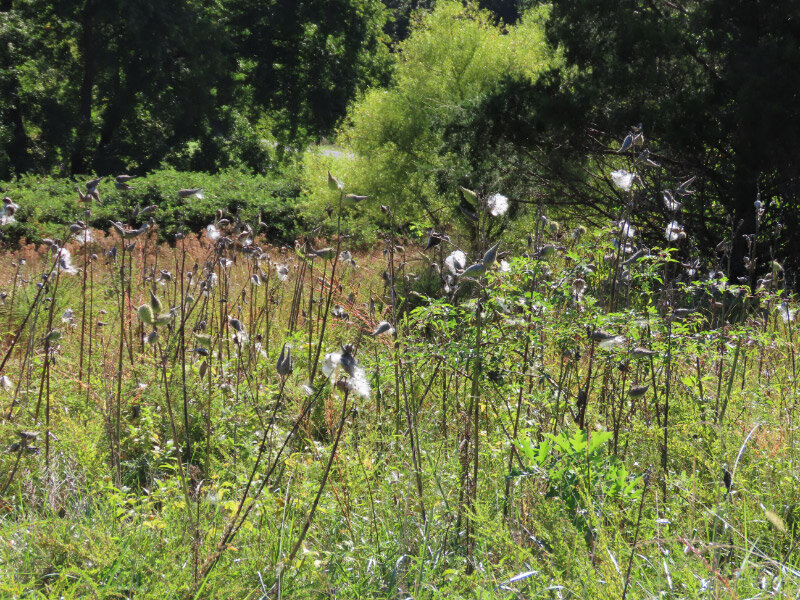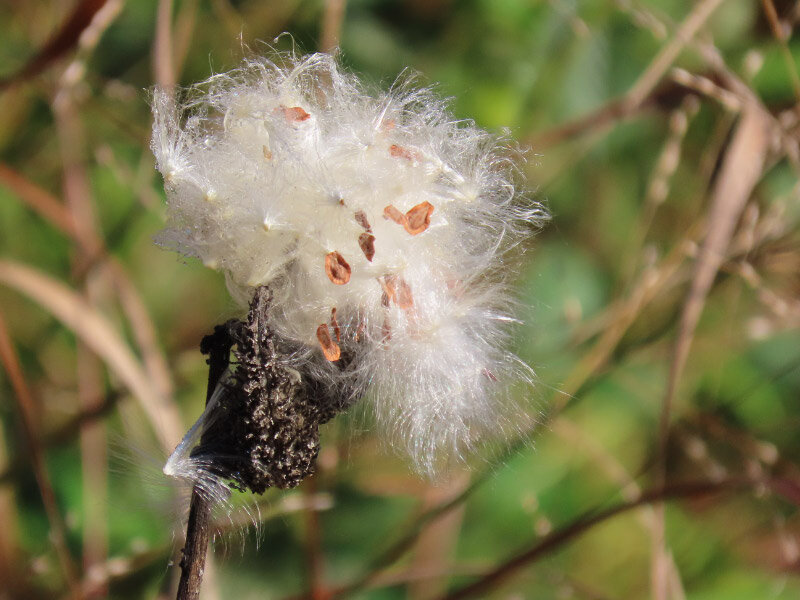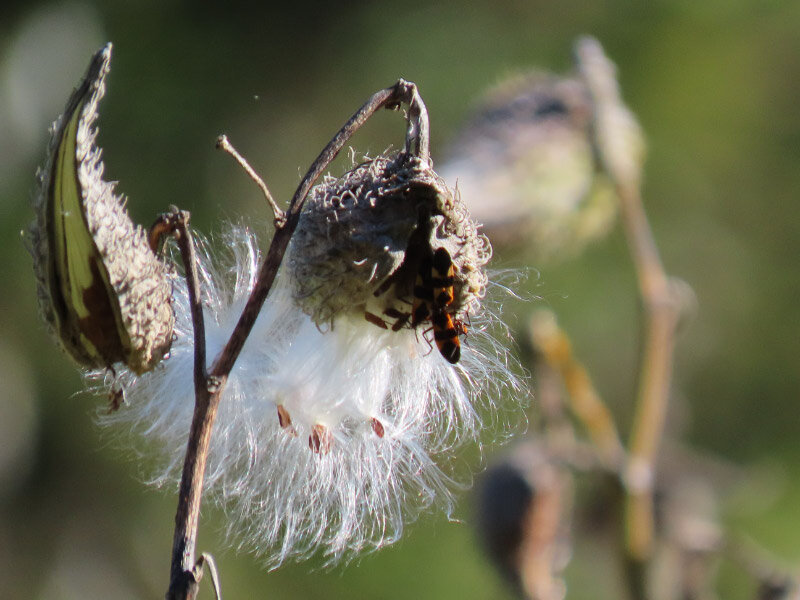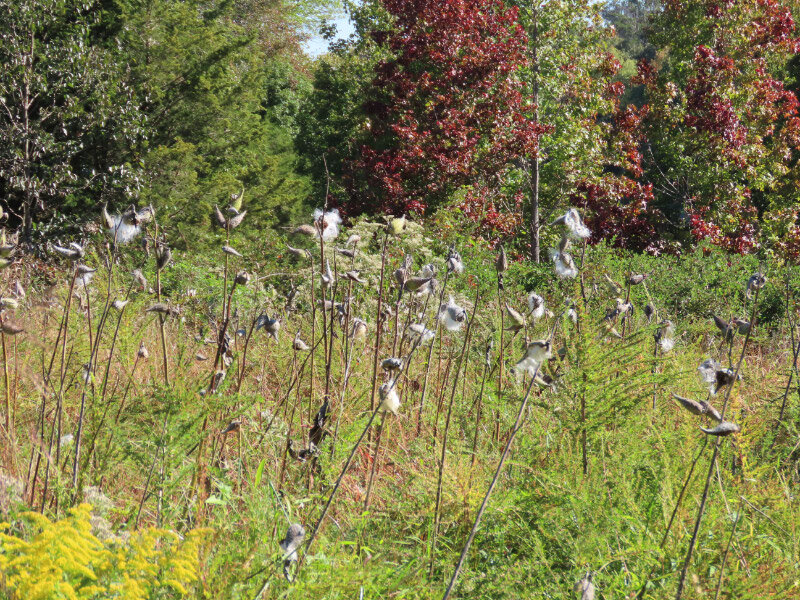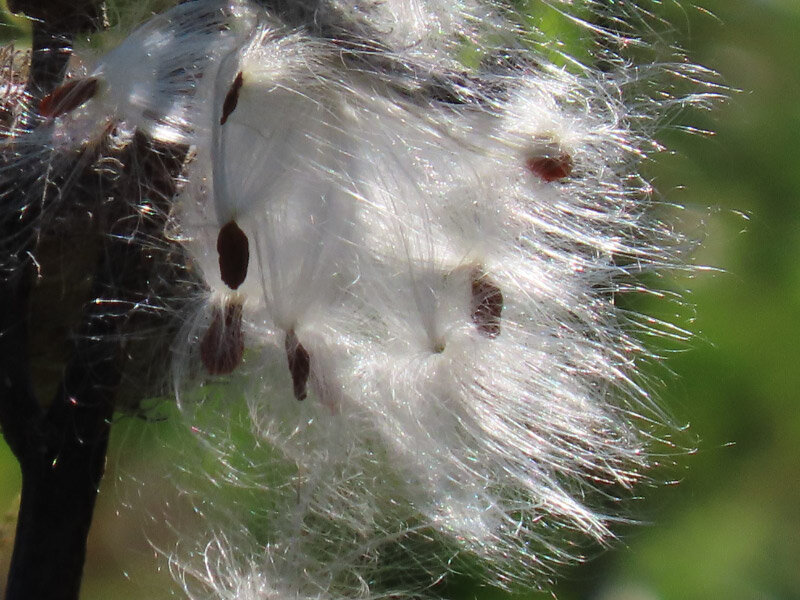Spring Yard Work
/There is always a lot to do in our yard after the winter months. Right now - mowing and cleaning up beds is not on my list. The temperature lows have not gotten reliably above 50 for enough days that the insects have emerged, so I am concentrating on all the rest – and enjoying some early blooms. The violets in the front (south) beds bloomed a couple of days before the ones on east side of the house.
The chive seeds I planted winter before last are now clumps of chives along the edge of the east facing bed as well. The seeds were from my mother’s garden. I’ll keep propagating them until they outline the bed. Maybe someday I will take out the metal edging completely. I like the way look and that, as soon as they are well established, they make excellent additions to salads. They are also a good reminder of my mother’s life and garden.
In the front flower bed, the space I cleared of rocks for the hens and chicks is overflowing with plants. Clearing more of the rocks (and the landscaping cloth underneath it) so that the group can expand further is on my list!
I picked up small branches around our yard – mostly from our neighbor’s river birch which is a prolific self-pruner. I piled them on the patio and made bundles of them to easily feed into our chiminea and
Waited for a calm day to burn them. I got about half of them burned before I felt thoroughly smoked and saved the rest for another day!
The highest priority task now is to remove rocks from around the hostas sprouting in the flowerbeds (some in places that are now under bushes), dig out the clump and divide them for transplanting into an area between a pine tree and the flower bed surrounding the patio. The area has been thoroughly mulched and is ready for them. I’ll not disturb the crocus bulbs that have multiplied there and have already finished blooming this season.
A challenge: the oak pollen is high and I am allergic. I’ll either wait a few days or wear a mask when I work on the hostas…or maybe I’ll be delayed by some spring showers.


